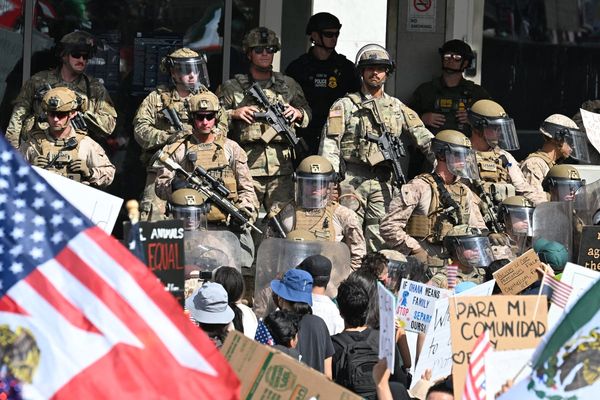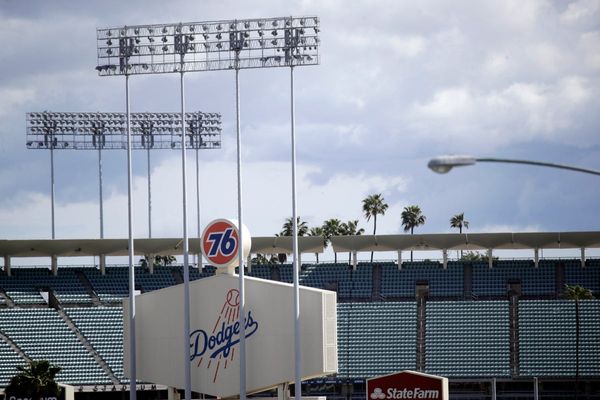
At 6pm on 15 April last year in Paris, mass was getting underway at Notre Dame cathedral and the local firefighters were giving a last polish to their station, engines and equipment in preparation for a big inspection the next day. Twenty minutes later, a fire alarm went off in the cathedral. The building was evacuated and, another 20 minutes later, a fire was discovered spreading through la forêt – the forest of rafters made from 1,400 trees that hold up the massive leaded roof of the 800-year-old gothic glory. The race was on to save the storied structure and the treasures therein.
The Night Notre Dame Burned (BBC Four) tells the story of the 12 infernal hours that followed. Just about every firefighter in Paris descended on the cathedral to do battle with a fire that had already taken hold firmly, as people gathered in their hundreds and thousands in the streets around to watch and pray.
It is an admirably structured film, spreading and carrying the weight of abundant material. This was gathered scrupulously from the firefighters who faced the flames – and whose narrative drives the film – as well as from the people on the ground, including commanders directing operations, the cathedral’s priests, bureaucrats, curators and volunteers who came to contribute what they could.
It was the first proper call-out for Marie-Ange, a young firefighter. All the previous ones had been false alarms. Soon she was following her chief up a medieval spiral staircase, past gargoyles that appeared to be vomiting molten lead as the roof melted, and refusing to confess to any misgivings about the extraordinary heat building up until the chief turned round and said they could not get any nearer. “We looked at each other and our helmets had changed colour” – a sign that their gear was close to failing. “It was too hot,” she remembers.
Interleaved with the testimonies are stretches of footage recorded at the time, snippets of news bulletins that kept the world updated on Our Lady of Paris’s apparently unstoppable immolation and drawings by the fire station’s sketch artist. (I do not know if a fire station having a sketch artist is a sound evidential practice we should adopt, or simply the most French thing you ever did see.) We see film of the first sparks and embers as they began to fall through the roof into the nave, like inverted fireworks, and the cathedral spire glowing orange from within against the night sky just before it fell – as breathtakingly beautiful as it was ruinous.
Witnesses’ language is often as cinematic. One firefighter describes emerging from a staircase: “And we see the monster arriving … with its mouth open, coming to swallow the roof whole.” Another reveals that they call a certain type of flame “dancing angels”. Up on the roof, in a quiet moment, the embattled brigade hears the crowds encircling the cathedral singing hymns. “From 300ft [90 metres] above, they sound as if they are coming from the heavens.”
Yet, whenever things threaten to get too romantic or abstract, we are recalled to the danger and scale of the event by a sudden twist towards practicality (“We were hugging the walls because we don’t know what’s above our heads”) , or uncompromising fact, as worst-case scenarios – including one of the bell towers catching fire, which could bring down the whole building – come to pass.
This is a film that makes you long for several spin-offs. I would like a whole hour on the cell within the sacristy that contains nothing but cupboards full of keys, and keys to other cupboards full of keys, to all the secret parts of the cathedral. I would like an eight-part drama on the ineffably dislikable rector of Notre Dame, Monsignor Patrick Chauvet, and the barely concealed irritation of Gen Jean-Claude Gallet, the head of the fire brigade, towards him. And, of course, I would like a sequel about the reconstruction – so thank you to the documentary on exactly that that followed the film. Because – did I not say? – they beat the monster.
The firefighters returned to the station 12 hours after they had left and started to clean their equipment all over again. By 8am, they were ready for inspection. Notre Dame was still standing. Bravo.







